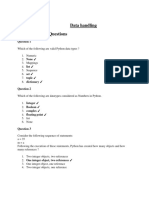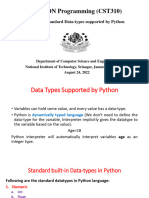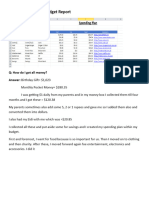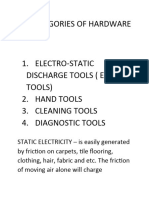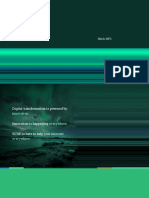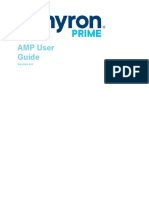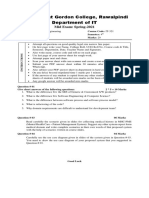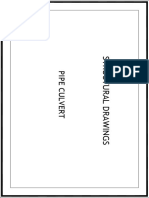0% found this document useful (0 votes)
24 views25 pagesData Types
The document contains 100 multiple-choice questions (MCQs) focused on Python's data types, covering built-in types such as int, str, float, and complex, as well as their properties like mutability and order. Each question presents a specific aspect of Python data types, with four answer options provided for selection. The document serves as a comprehensive quiz for testing knowledge on Python data types.
Uploaded by
mehzar zehraCopyright
© © All Rights Reserved
We take content rights seriously. If you suspect this is your content, claim it here.
Available Formats
Download as PDF, TXT or read online on Scribd
0% found this document useful (0 votes)
24 views25 pagesData Types
The document contains 100 multiple-choice questions (MCQs) focused on Python's data types, covering built-in types such as int, str, float, and complex, as well as their properties like mutability and order. Each question presents a specific aspect of Python data types, with four answer options provided for selection. The document serves as a comprehensive quiz for testing knowledge on Python data types.
Uploaded by
mehzar zehraCopyright
© © All Rights Reserved
We take content rights seriously. If you suspect this is your content, claim it here.
Available Formats
Download as PDF, TXT or read online on Scribd
/ 25


